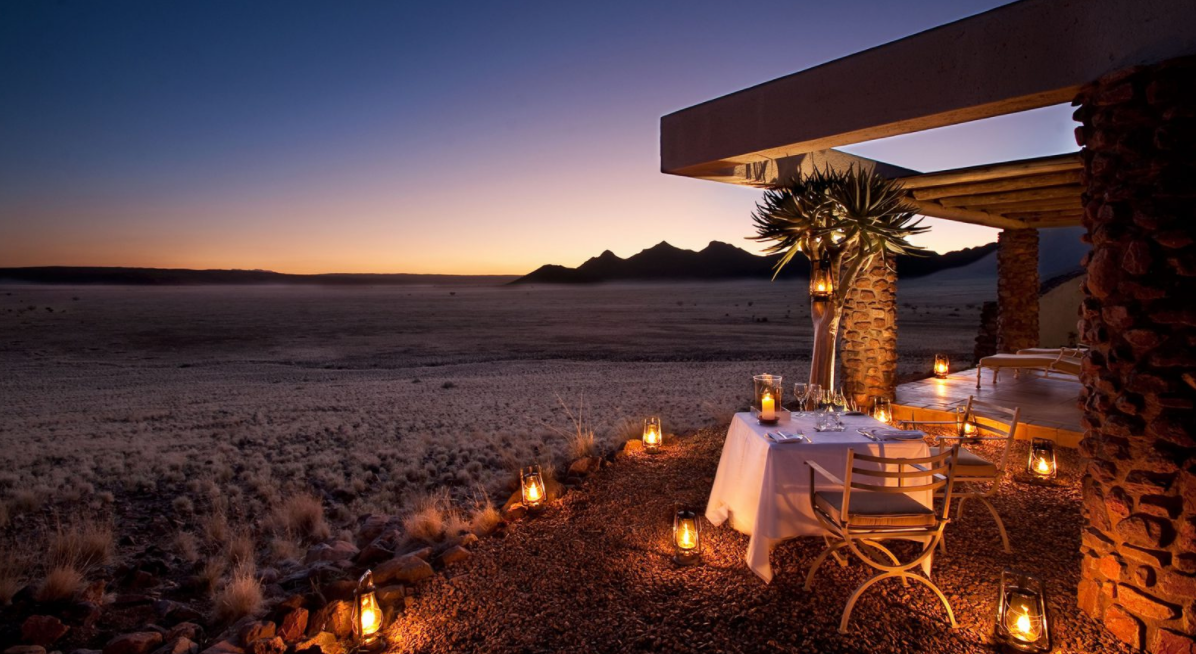Looking to the sky for the next big thing in travel
We’ve been stargazing for centuries. It’s a sure-fire way to marvel at the expansiveness of the universe and also to bring us back down to earth. To remind us of how small we really are and to leave us wanting to know more about what’s out there. From Plato to Neil DeGrasse Tyson, humans have pursued life’s many mysteries by looking toward the cosmos.

Photo credit: Pexels
So why is Astro-tourism or Astronomical tourism so hot right now?
In 2017, North American’s were treated to a total solar eclipse. The last time an eclipse of this nature happened was in 1991. The path of totality started in the Northwest and danced diagonally across to the Southeastern states. This was a chance for generations to come together and to be in awe of nature. In a technology inundated world, being able to enjoy something that (for most) only required cardboard glasses, was thrilling!
Most of us can appreciate the beauty of the night sky, but there are a growing number of “darkness seekers” looking for next level, celestial experiences. They hunt for places where the sky is the darkest and most clear. The desert is an ideal environment for this kind of viewing, but the mountains and oceans also lend themselves to unobstructed stargazing. With so much light pollution in cities, it’s no wonder that people are heading out into remote lands to bask in the light of the heavenly bodies. Here at GST, we are huge fans of nature and experiencing it in its purest form, so naturally, we are excited about this type of immersive tourism. We aren’t the only ones either! At the 2017 ITB Berlin, there was an Astrotourism Pow-Wow and a special focus on the future of the industry. Astronomer, Dr. Andreas Hänel shared that 60% of Europeans and 80% percent of North Americans can no longer see the Milky Way. While Harald Bardenhagen, director of the Eifel National Dark Sky Park explained the importance of darkness for human health and biodiversity. Professionals see Astro-tourism as a critical part of sustainable development for the future of tourism. Several tourism experts are starting to take note of the growing interest and Airbnb even flagged the activity as the next big trend in tourism.
Astro-tourism is seeing a resurgence because it’s a way to reconnect with the natural world during a time when we spend most of our day interfacing with technology. It’s a disconnect from the world of AI and a way to plug back into the intelligence of the universe.
Who’s leading the way?
International Dark Sky Association.
With a name that sounds like it’s straight out of Star Wars, IDA is shining light on how much fun the dark side can be. They work with cities, protected parks, and lands to curb light pollution.They are basically Jedi stewards of the night sky. The organization believes that the night sky is our universal heritage and that artificial light pollution can affect our wildlife, health, heritage, and safety. The Dark Sky Places Program started in 2001, encourages cities around the world to “preserve and protect dark sites through responsible lighting policies and public education.” There are dark sky sanctuaries, communities, parks, and reserves all dedicated to the stewardship of the night sky. The organization has monthly events around the world, such as moonlight hikes, and even a dark sky festival.
Today, IDA is the recognized authority for night sky protection and has taken the lead in identifying and publicizing the negative impacts of artificial light at night on human health, wildlife and climate change. – IDA website
Where do I go to experience this amazingness?
While one can enjoy the night sky wherever they are, there are certain spots that will blow your mind with how star-spangled they are. The further south you go, the better. Starting from the Southwestern part of the U.S. and creeping down into South America, you can expect the sky to get darker and the stars to shine brighter. However, it’s not just the stars that people flock towards, it’s dwarf galaxies, zodiacal light, and a chance to peek through some of the world’s largest telescopes!
Chile- The Astronomy capital of the world.
- Quasar Chile– Relive the ancestral ritual of waiting for the sunrise, visit the Atacama salt flats and more with Quasar tours. They also customize their program for cultural associations and are locally based.
- Star Tours– This locally operated group hosts night tours in the Atacama. They operate and own 15 robotic telescopes. Perfect option for those looking for a one-night excursion.
- Civilized Adventures– Calgary based, offers small group wine and astronomy tours.

Photo credit: Pexels
Utah and Arizona- North America
- RedRock Moab– Local guide, Alex Ludwig takes guests on an experiential journey. He shows groups star clusters, planets, nebulae, and even talks about Western Native American ideas of the universe. He also offers day trips in the area to view petroglyphs, visit a ghost town, and track dinosaur bone sites.
- Arizona Star Tours– Attend a star party in one of the world’s best places to stargaze. Arizona Star Tours bring the astronomer and the telescope to a location of your choosing in the Southern Arizona area. They also offer solar tours!
- The Sky Center at Mt. Lemmon and Kitt Peak are both highly respected observatories and offer activities for all ages.

Photo credit: Pexels
La Palma- The Canary Islands
- Ad Astra– The Canary Islands are already pretty remote, so you can imagine how crystal clear it must be. Ad Astra La Palma leads astronomy safaris for both professional and amateur astronomers.

Photo credit: Pexels
Namib Desert- Africa
- andBeyond Sossusvlei Desert Lodge– This is definitely one of the most high-end experiences you can have while star-chasing. The lodge is made up of stone and glass villas overlooking the Namib desert in Namibia. They offer “stargazing at a sophisticated observatory, accompanied by a resident astronomer, early morning hot air ballooning, and scenic flights.”

Photo credit: &Beyond Sossusvlei Desert Lodge
There are countless other breathtaking spots around the world for observing the night sky. If you are interested in doing some “darkness seeking,” GST would be delighted to connect you with the right organizations in your destination of choice. Use our contact form to get started.

 Misty is the owner and founder of Green Suitcase Travel. She is a consultant, travel writer, and all around travel maven. When she is not traversing the world, spreading the news about sustainable travel, she is in Tucson, Arizona enjoying the desert.
Misty is the owner and founder of Green Suitcase Travel. She is a consultant, travel writer, and all around travel maven. When she is not traversing the world, spreading the news about sustainable travel, she is in Tucson, Arizona enjoying the desert.







